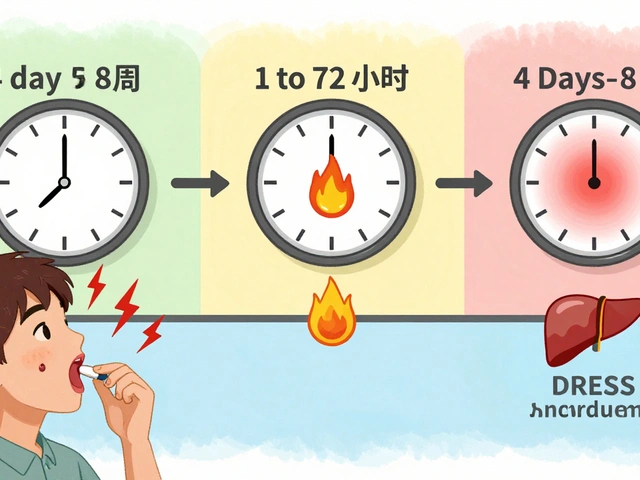Author: Julius Ayodele
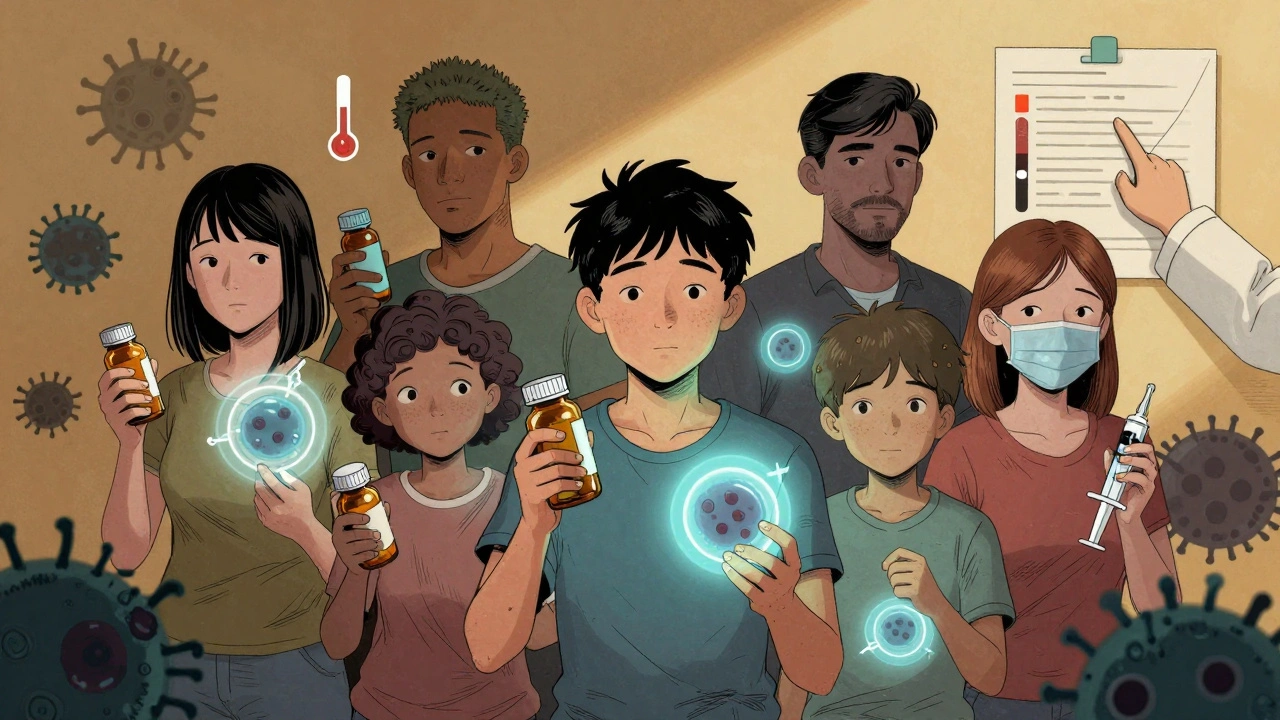
Immunocompromised Patients and Medication Reactions: What You Need to Know
Immunocompromised patients face unique risks from medications that suppress the immune system. Learn how common drugs like steroids, methotrexate, and biologics increase infection danger-and what you can do to stay safe.
View More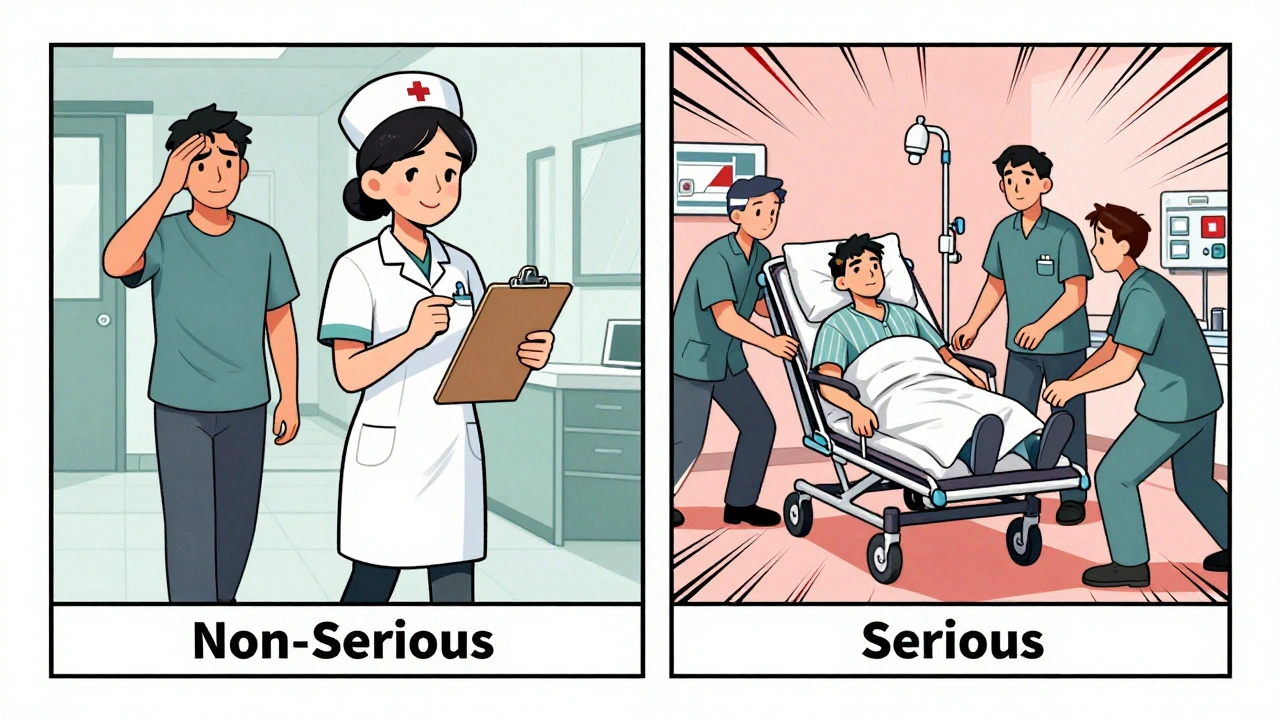
Serious vs Non-Serious Adverse Events: When to Report in Clinical Trials
Learn the critical difference between serious and non-serious adverse events in clinical trials, when to report each, and how to avoid common mistakes that waste time and risk patient safety.
View More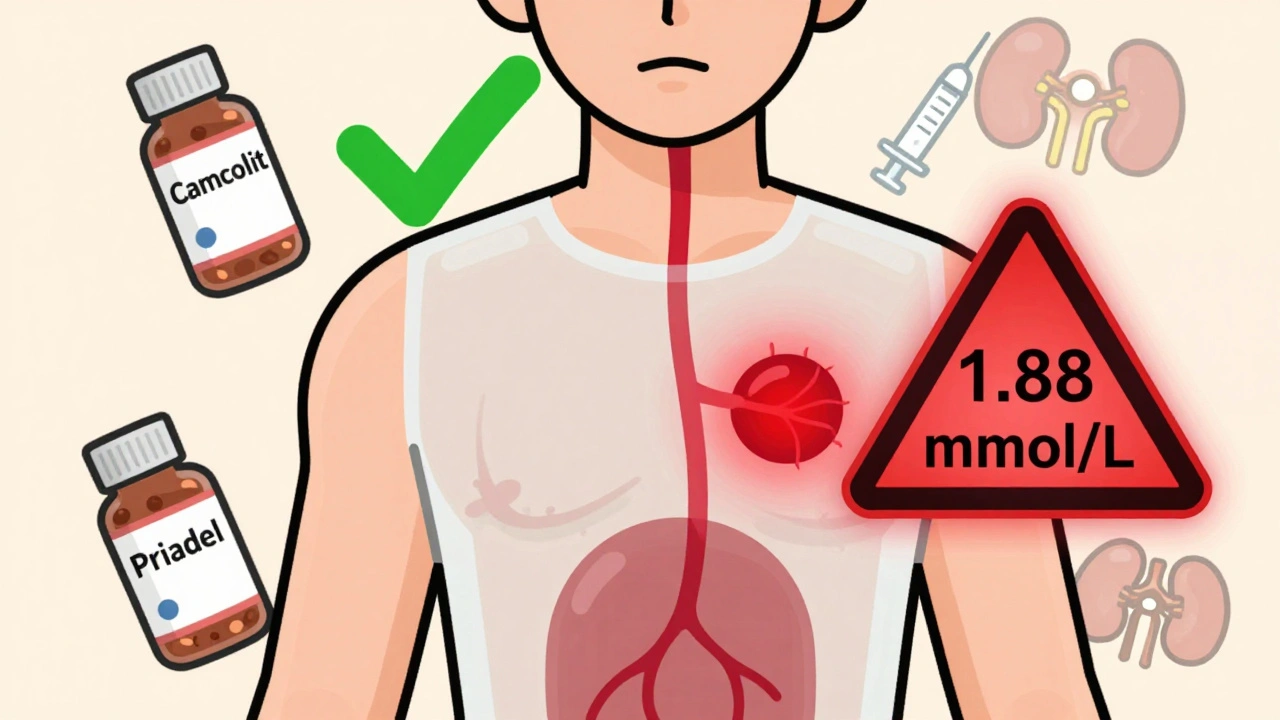
Lithium Carbonate Generics: What You Need to Know About Serum Levels
Lithium carbonate generics require careful serum level monitoring due to their narrow therapeutic range. Small differences between brands can affect blood levels, increasing risk of toxicity or treatment failure. Learn how to stay safe with proper testing and dosing.
View More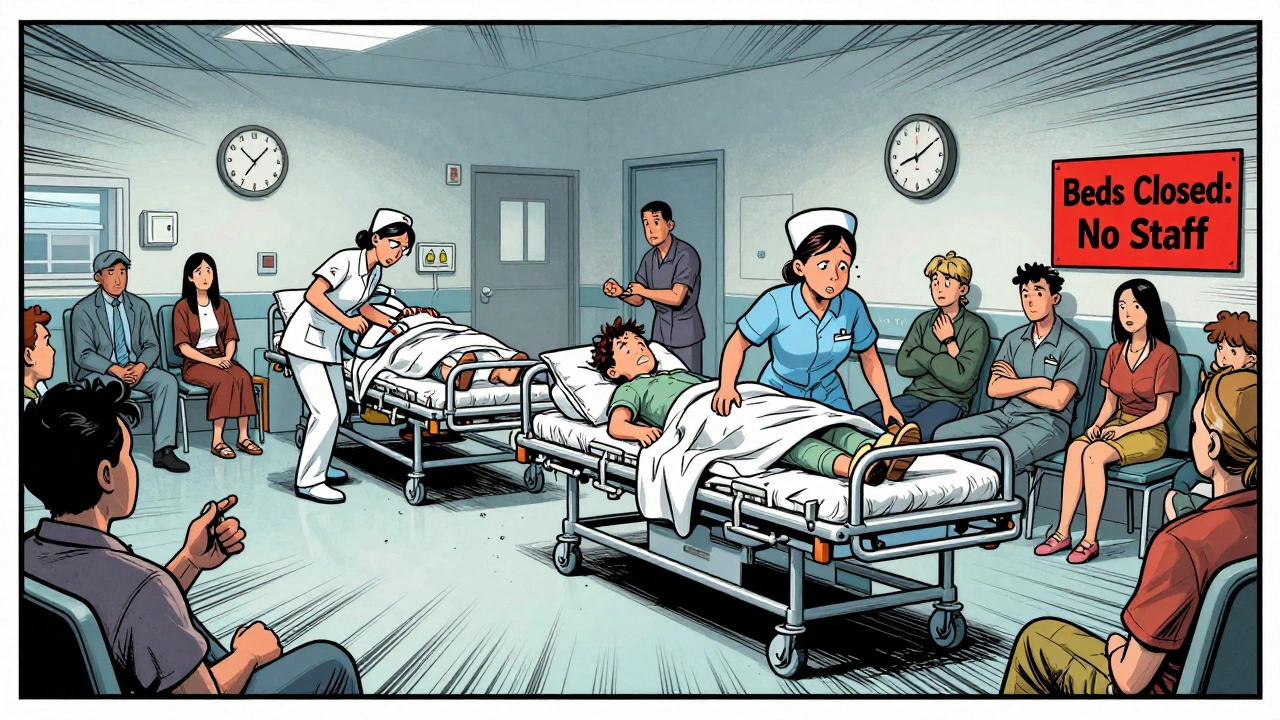
Healthcare System Shortages: How Hospital and Clinic Staffing Crises Are Hurting Patient Care
Healthcare staffing shortages are forcing hospitals to close beds, extend wait times, and risk patient safety. With nurses retiring and schools unable to replace them, the system is reaching a breaking point.
View More
Emergency Use of Sub-Potent Expired Medications: When It’s Safe and When It’s Not
Most expired medications are still safe and effective years past their date-but not all. Learn which drugs you can use in an emergency, which ones to avoid, and how to tell if they’re still good.
View More
Otosclerosis: What Causes Abnormal Bone Growth in the Middle Ear and How It Affects Your Hearing
Otosclerosis is a common cause of conductive hearing loss in adults under 50, caused by abnormal bone growth in the middle ear. Learn how it affects hearing, who's at risk, and what treatments work best.
View More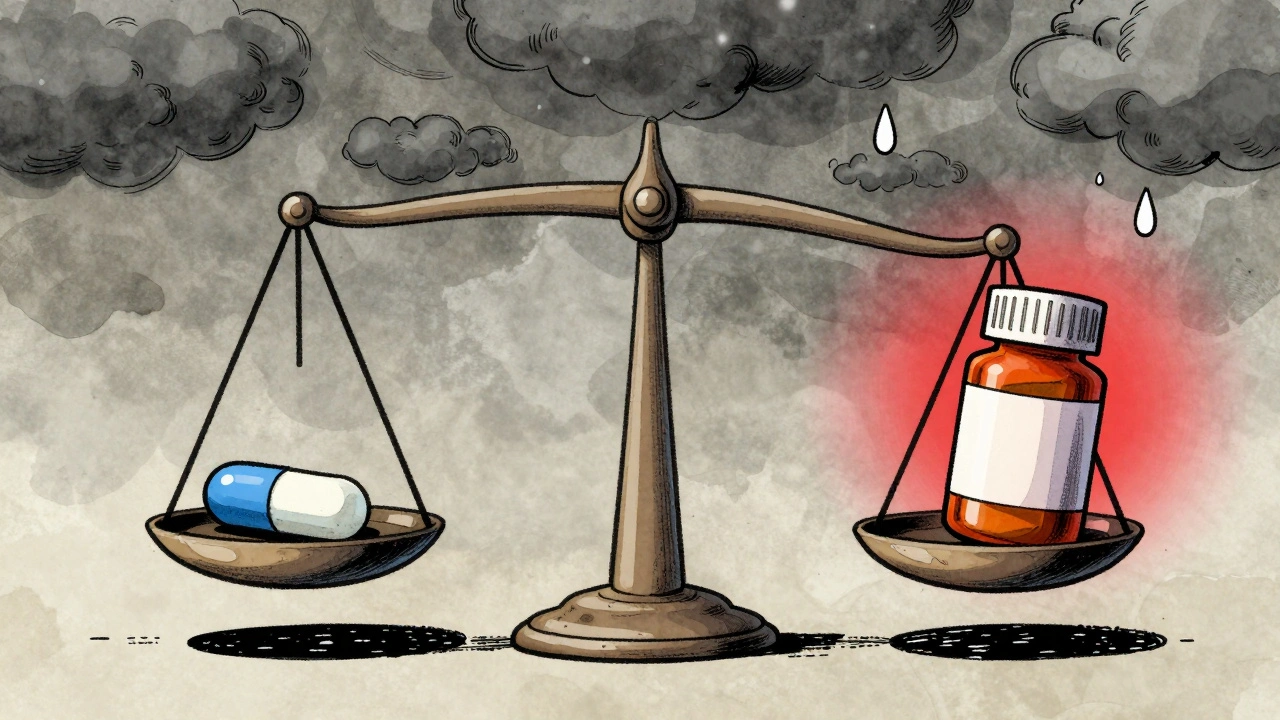
Lithium Toxicity: How Diuretics and NSAIDs Raise Risk and What to Do
Lithium is highly effective for bipolar disorder but dangerously sensitive to interactions with diuretics and NSAIDs. Learn how common medications can raise lithium levels, trigger toxicity, and what steps to take to stay safe.
View More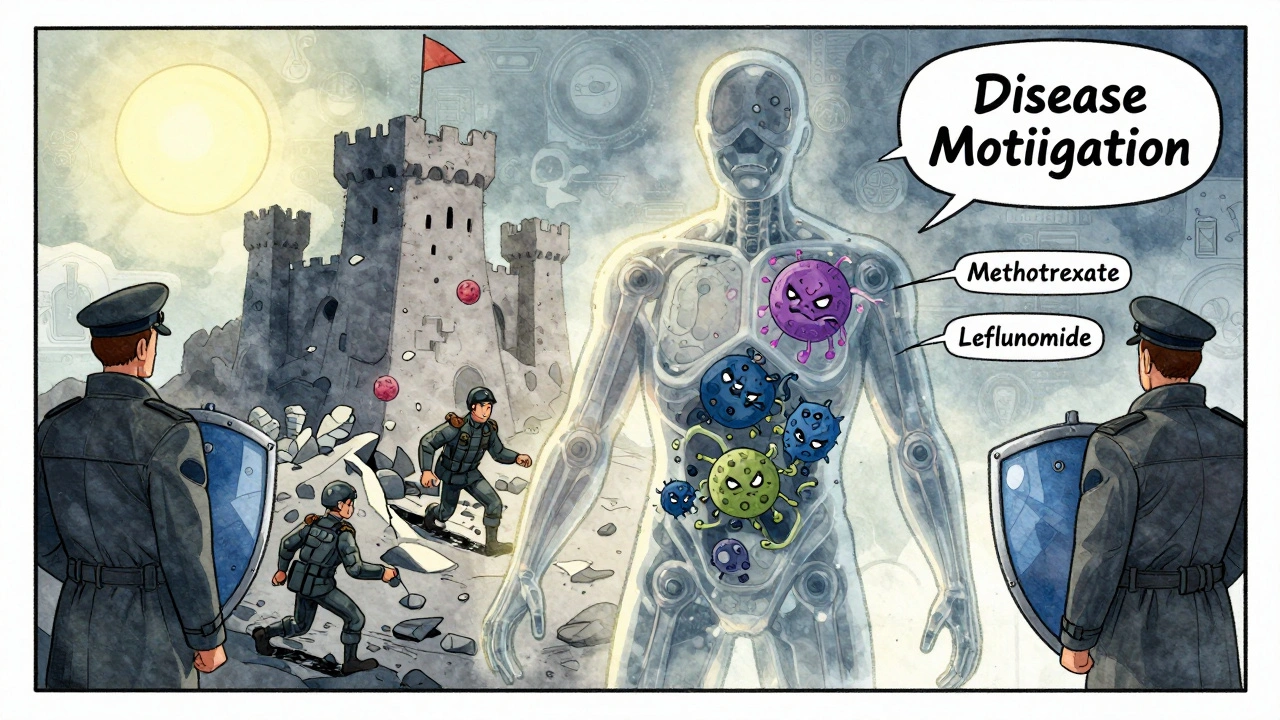
DMARDs and Biologic Medications: What You Need to Know About Immunosuppressive Therapy
DMARDs and biologic medications are cornerstone treatments for autoimmune diseases like rheumatoid arthritis. Learn how they work, their differences, risks, costs, and what to expect when starting therapy.
View More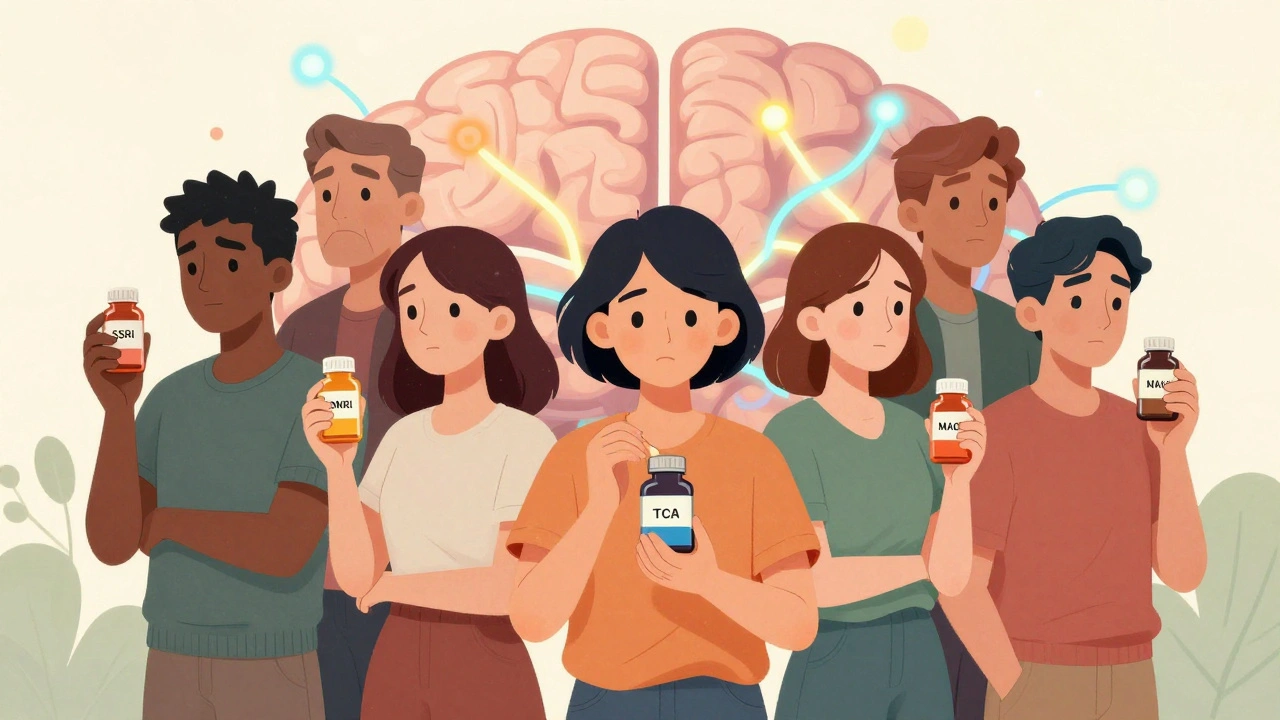
Antidepressants: Types and Safety Profiles for Patients
Antidepressants help millions manage depression and anxiety, but they come with side effects and risks. Learn the main types, how long they take to work, common side effects like weight gain and sexual dysfunction, and what to do if they don't work.
View More
Timeline for Medication Side Effects: When Drug Reactions Typically Appear
Learn when side effects from medications typically appear-from minutes to months after taking a drug. Understand the timelines for allergic reactions, rashes, liver damage, and more to know when to act.
View More
